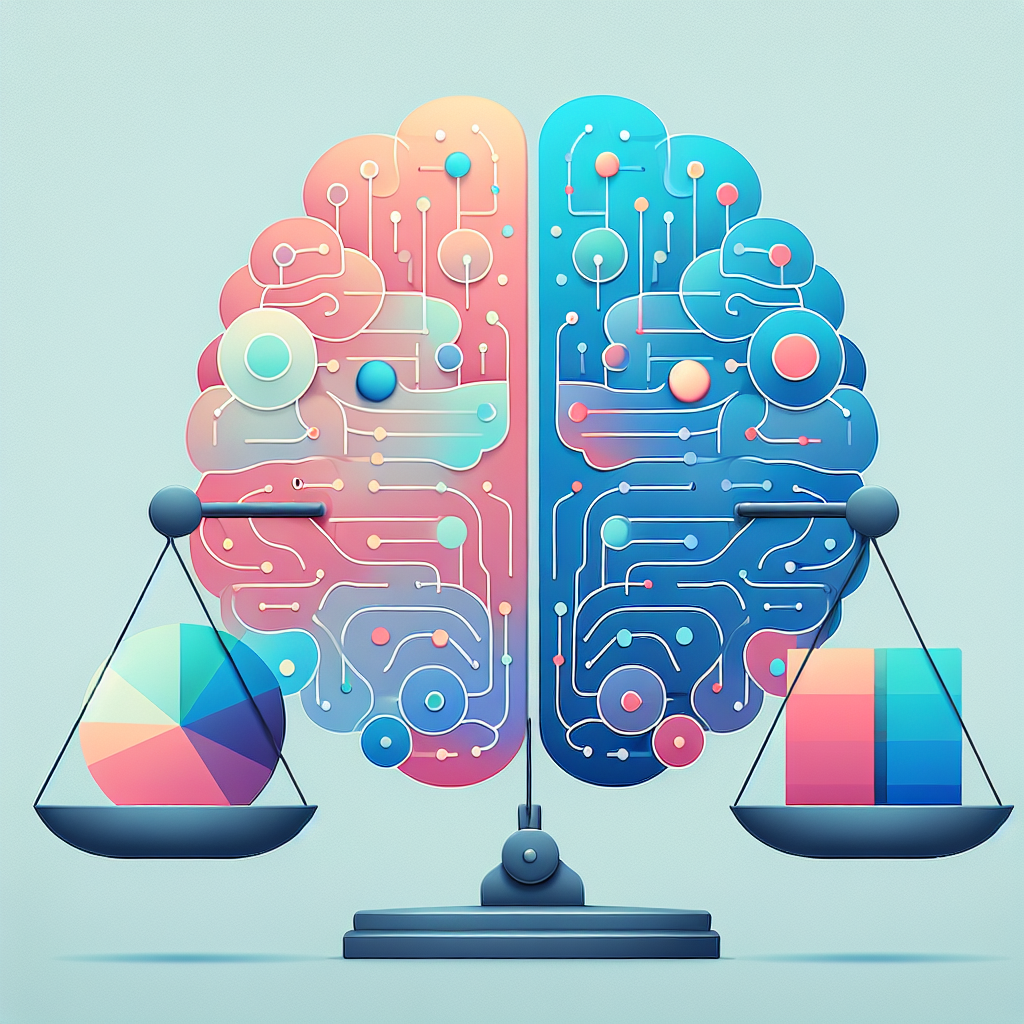Artificial Intelligence (AI) has become an integral part of our daily lives, from virtual assistants like Siri and Alexa to recommendation systems on streaming platforms and social media. These AI systems are trained on vast amounts of data to learn patterns and make predictions. However, there is a growing concern about bias in AI training data and the impact it has on the decisions made by these systems.
Bias in AI training data refers to the presence of skewed or unrepresentative data that can lead to incorrect or unfair outcomes. This bias can be unintentional, resulting from historical data reflecting societal inequalities, or it can be intentional, introduced by the people collecting or labeling the data. In either case, bias in AI training data can have serious consequences, perpetuating stereotypes and discrimination in the decisions made by AI systems.
One of the biggest challenges of bias in AI training data is its impact on fairness and equity. AI systems are increasingly being used in areas like hiring, lending, and criminal justice, where decisions can have a significant impact on people’s lives. If the training data used to build these systems is biased, it can lead to unfair outcomes, favoring certain groups over others or reinforcing existing disparities. For example, a biased hiring algorithm may discriminate against candidates from underrepresented groups, perpetuating inequalities in the workforce.
Another challenge of bias in AI training data is its impact on accuracy and reliability. If the data used to train an AI system is not representative of the real world, the system may make incorrect predictions or recommendations. This can have serious consequences in areas like healthcare, where AI systems are used to diagnose diseases and recommend treatments. If the training data is biased towards certain demographics, the system may not accurately diagnose or treat patients from other groups, leading to potentially harmful outcomes.
Addressing bias in AI training data is a complex and multifaceted problem that requires a combination of technical, ethical, and regulatory solutions. One approach is to improve the diversity and representativeness of the training data by collecting data from a wide range of sources and populations. This can help reduce bias by ensuring that the AI system has a more comprehensive understanding of the world and the people in it.
Another approach is to use techniques like data preprocessing and algorithmic fairness to mitigate bias in AI training data. Data preprocessing involves cleaning and filtering the data to remove biased or irrelevant information, while algorithmic fairness involves designing AI systems that are fair and transparent in their decision-making processes. These techniques can help reduce bias in AI training data and improve the accuracy and reliability of AI systems.
In addition to technical solutions, addressing bias in AI training data also requires ethical and regulatory considerations. Ethical guidelines and principles can help ensure that AI systems are developed and deployed in a responsible and ethical manner, taking into account the potential impact on individuals and society as a whole. Regulatory frameworks can also play a role in addressing bias in AI training data, by setting standards and guidelines for the collection, use, and sharing of data in AI systems.
Despite the challenges of bias in AI training data, there are steps that can be taken to mitigate its impact and build more fair and equitable AI systems. By improving the diversity and representativeness of training data, using techniques like data preprocessing and algorithmic fairness, and considering ethical and regulatory considerations, we can work towards creating AI systems that are more reliable, accurate, and fair for all.
FAQs
Q: What are some examples of bias in AI training data?
A: Bias in AI training data can take many forms, such as gender bias in hiring algorithms, racial bias in criminal justice systems, and socioeconomic bias in lending decisions. These biases can lead to unfair or discriminatory outcomes, perpetuating inequalities in society.
Q: How does bias in AI training data affect the accuracy of AI systems?
A: Bias in AI training data can affect the accuracy of AI systems by skewing the predictions and recommendations made by the system. If the training data is biased towards certain groups or demographics, the system may not accurately reflect the real world, leading to incorrect or unfair outcomes.
Q: What can be done to address bias in AI training data?
A: Addressing bias in AI training data requires a combination of technical, ethical, and regulatory solutions. Improving the diversity and representativeness of training data, using techniques like data preprocessing and algorithmic fairness, and considering ethical and regulatory considerations can help mitigate bias and build more fair and equitable AI systems.

